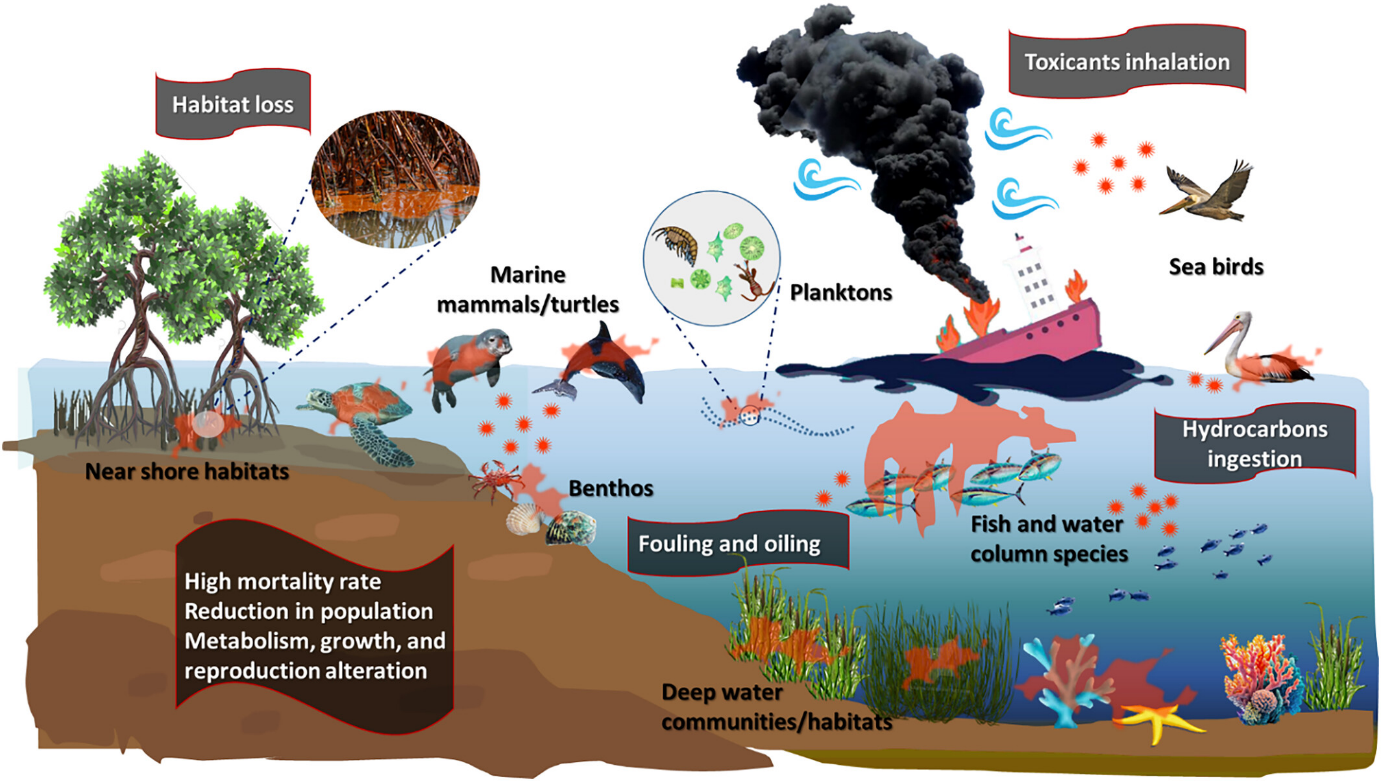7667766266
enquiry@shankarias.in
Mains Syllabus: GS III - Conservation, environmental pollution and degradation.
A Liberian-flagged cargo ship carrying 640 containers onboard, including 13 hazardous cargoes, capsized and sank in the sea off the coast of Kerala, raising fears of an oil spill.

|
Oil Spill Prevention Norms |
|

|
Oil Type |
Key Properties |
Preferred Cleanup Methods |
|
Light Oils |
Low viscosity, volatile |
Natural recovery, water washing, dispersants |
|
Medium Oils |
Moderate viscosity |
Vacuum, sorbents, mechanical removal, SWAs |
|
Heavy Oils |
High viscosity, persistent |
High-pressure washing, manual/mechanical, SWAs |
|
Non-Persistent |
Highly volatile |
Natural recovery, safety precautions |
|
Sinking Oils |
High density, sink |
Shallow-water vacuum, sediment relocation |
